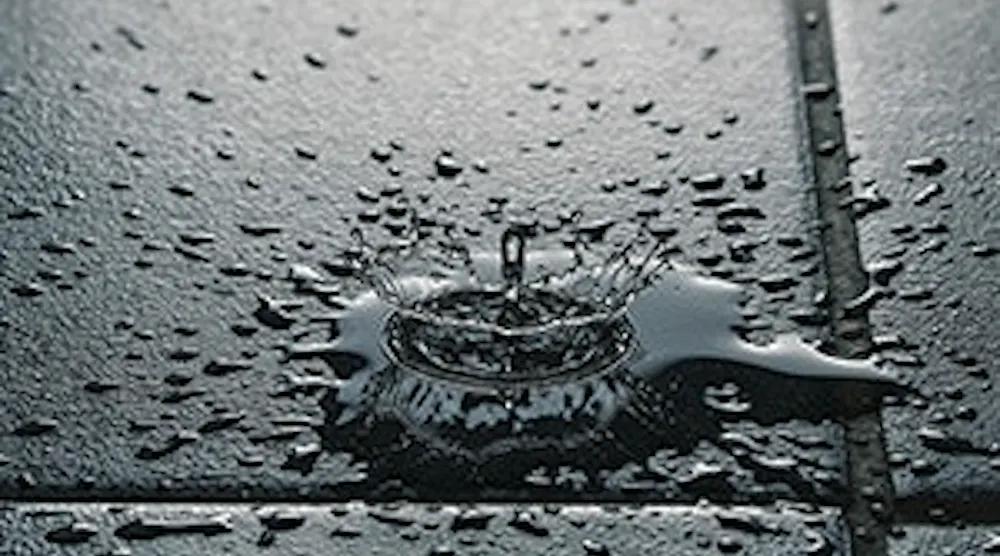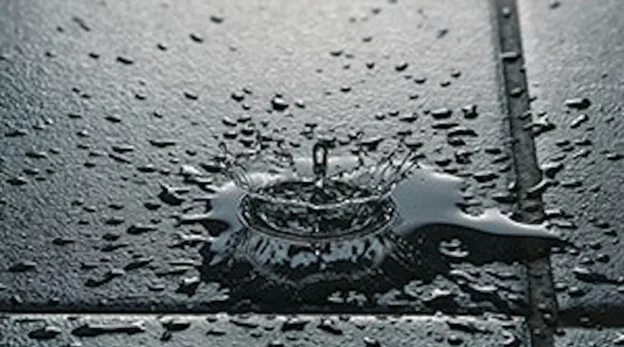The most common and recurring issue leading to flooring failures is expensive to fix—but there are ways to help prevent it.
In any commercial interiors project, flooring specification establishes the foundation upon which so much of successful design hinges. From wayfinding and safety to noise attenuation, branding, and aesthetics, there is hardly an element of an interior design program that is not either enhanced or hindered by the choice of flooring within a space. As such, the floor selection and installation process can often be the deciding factor between a beautiful, effective environment and a costly mistake.
Yet in spite of flooring’s significance within the scope of a project, too many design, construction, and building management professionals often overlook or neglect to effectively address the most commonly recurring and expensive flooring-related problem: moisture. In fact, North American commercial property owners spend an estimated $2.4 billion on remediation of structures and floor coverings as a result of moisture-related flooring failures annually. An additional $1.2 billion is spent on topical moisture treatments (of varying effectiveness) in an effort to address moisture issues prior to the floor covering being installed. These incidents add significant cost to any project in terms of project delays, unplanned expenses associated with costly topical systems, flooring replacement, and litigation, as well as the incalculable lost opportunity cost associated with business disruptions, loss of reputation, and loss of return customers.
Fortunately, there are a number of steps design and construction professionals can take to mitigate these risks, including conducting proper testing procedures, identifying and addressing areas of concern, engaging in effective communication (early) with the project team, and advance planning. This CEU will not only identify the most troublesome flooring problems created by the presence of moisture in concrete, but will also outline specific steps that design practitioners and facility executives can take to mitigate the risks of exposure to this persistent and expensive issue.
Learning Objectives
After reading this article, you should be able to:
- Identify problems leading to flooring failure resulting from the presence of excess moisture.
- Name two areas of concern as it relates to concrete and moisture.
- Outline a plan of action for preventing or remediating concrete moisture issues.
- Explain the difference between two moisture test methods for concrete used today.
Sponsored by:


Robert Nieminen | Chief Content Director
Robert Nieminen is the Chief Content Director of i+s and BUILDINGS media brands, and an award-winning writer with more than 20 years of experience in the publishing industry. He is the former Editor-in-Chief and Editor-at-Large of i+s. During his tenure as a freelancer, he was also a regular contributor to i+D, the official publication of the American Society of Interior Designers (ASID), and was a contributing author of ASID’s 2020 Outlook and State of Interior Design report, as well as a fixture in design industry publications like retrofit, Retail Environments and The Architect’s Newspaper. His work has been recognized with four Azbee Award Gold distinctions from the Association for Business Publication Editors (ASBPE). Robert is also a contributing author to the book, The State of the Interior Design Profession (Fairchild, 2010), which was placed on the International Federation of Interior Architects/Designers’ “50 Must Read, Must Have” book list.





